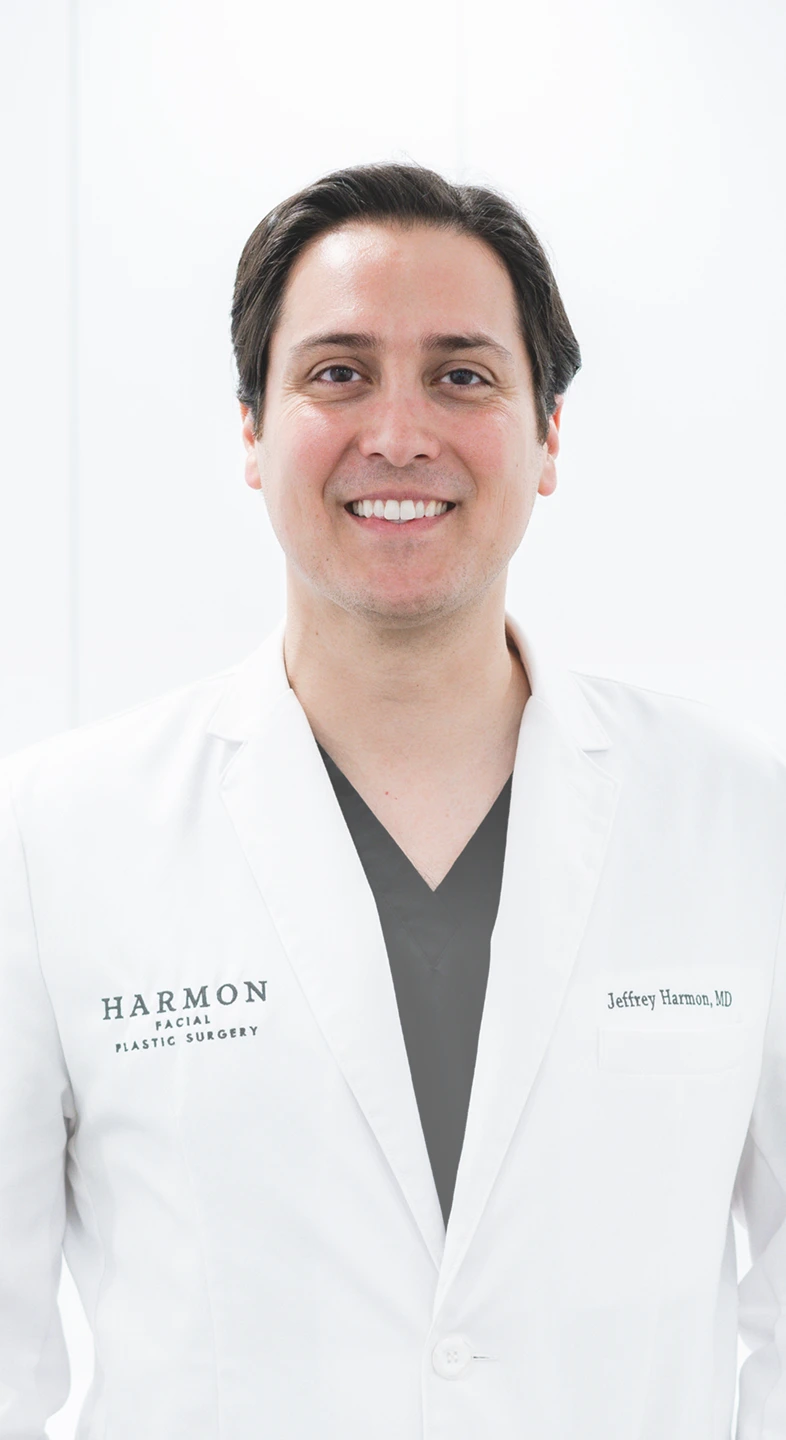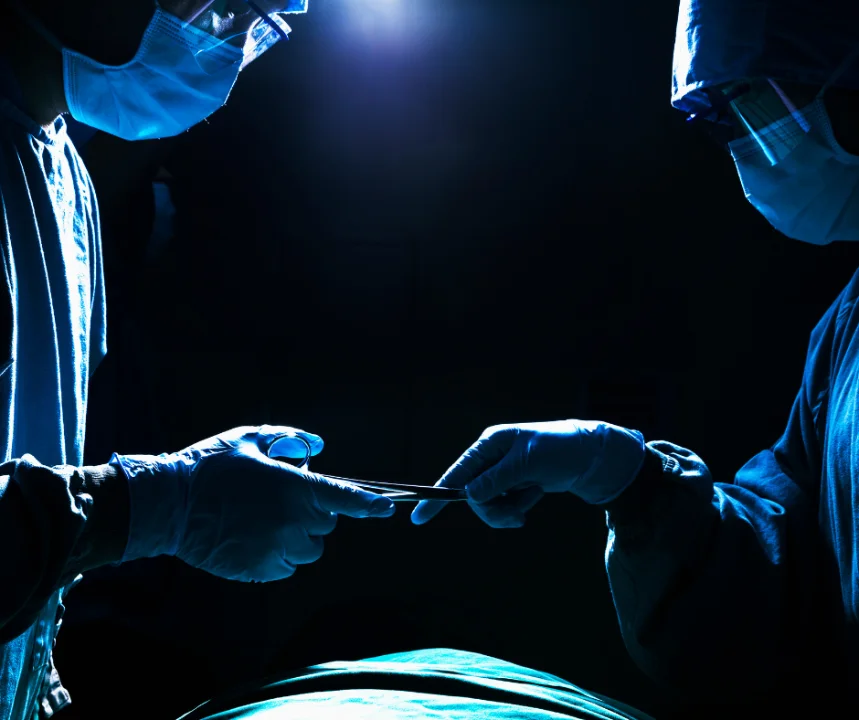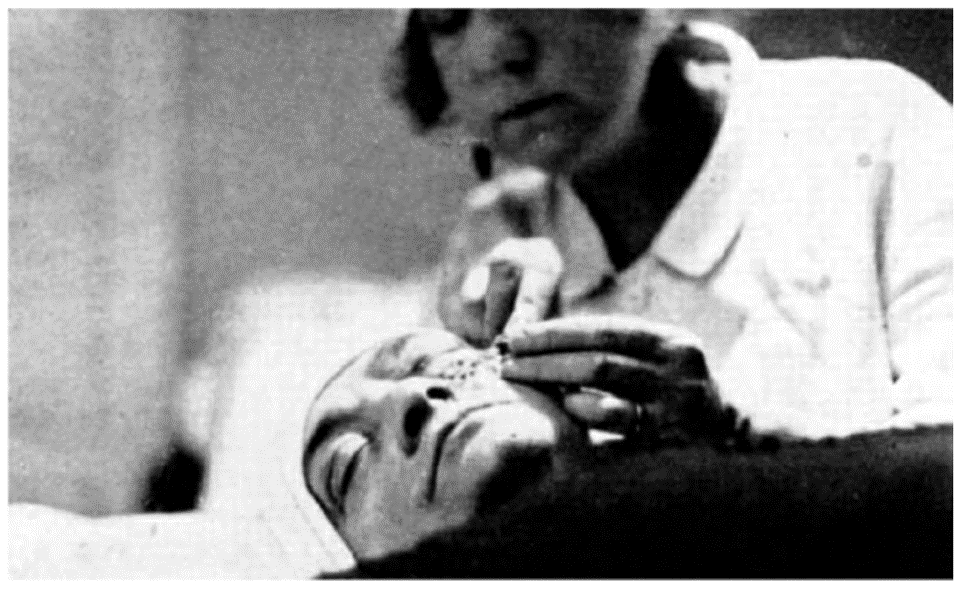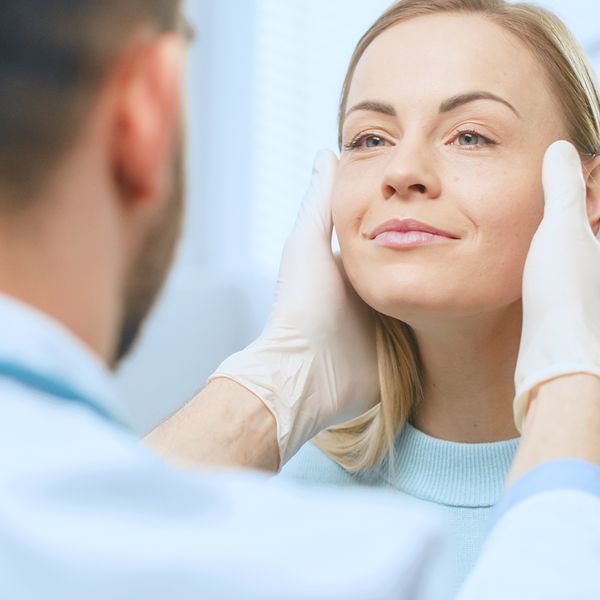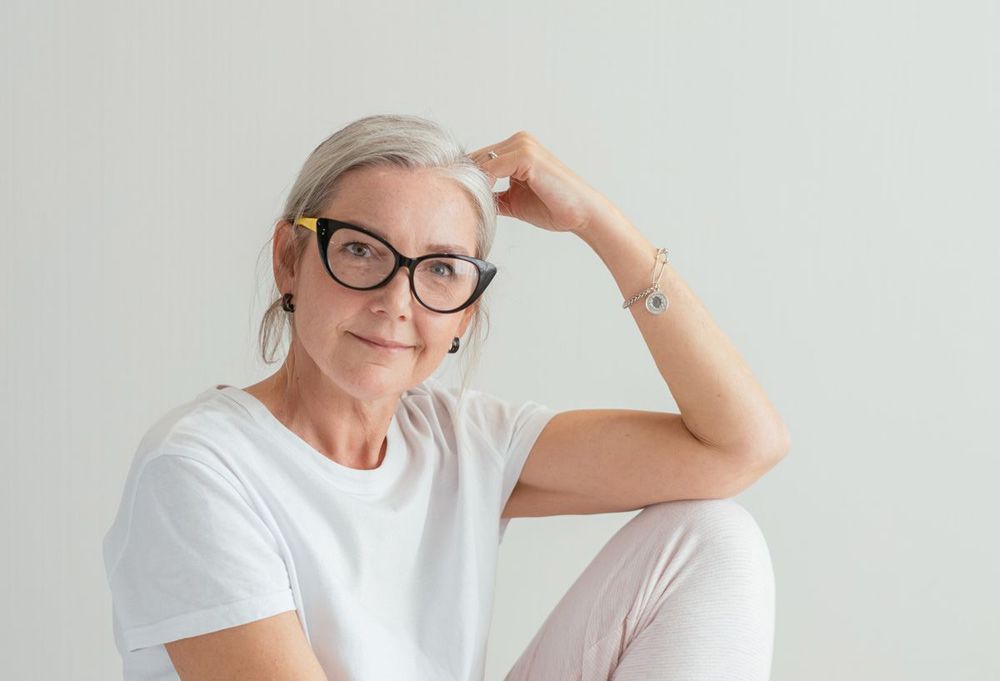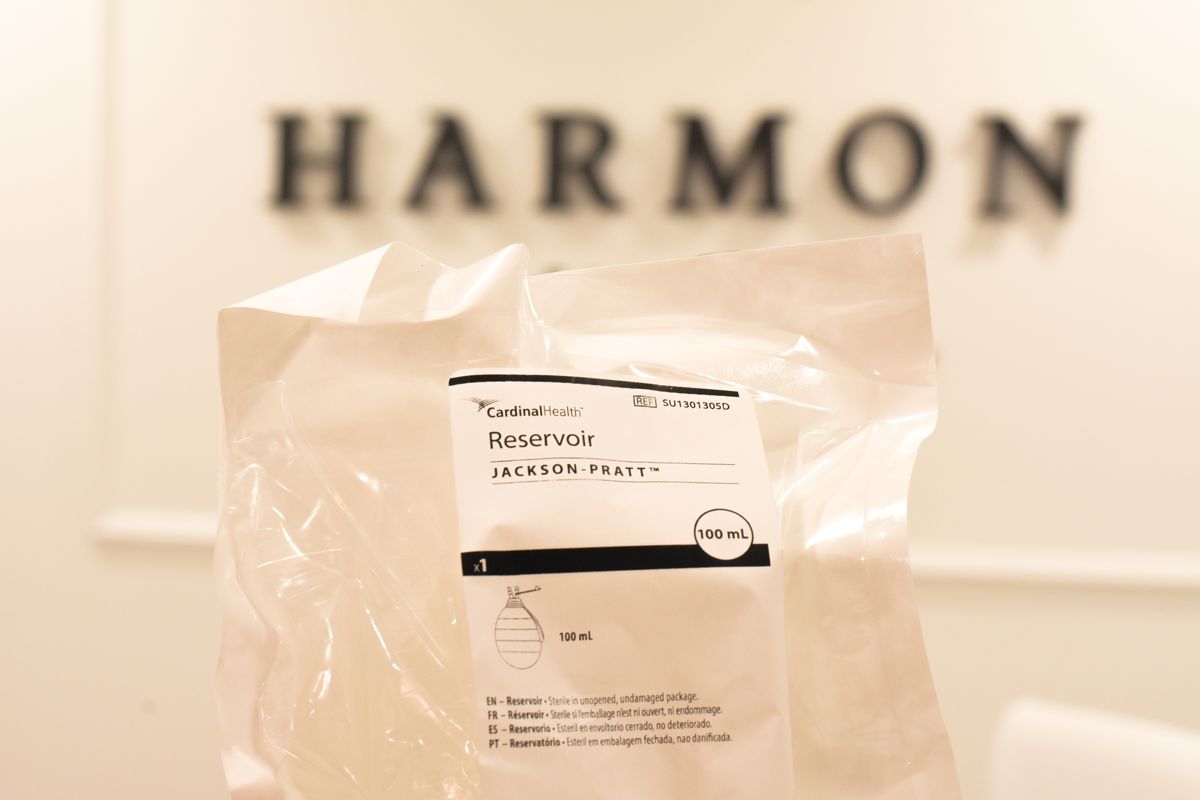.png&w=1920&q=95&dpl=dpl_oMJRqMZMegaoW5ie9VNCLddiyrcY)
Melasma: What is It and How is It Treated?
My wife anticipated she would develop melasma after we found out she was pregnant with our first child. She is of Iranian descent, after all. Her mother also experienced severe cases after her pregnancy with my wife and her brother. Melasma is an unfortunately common consequence of pregnancy for many women, especially those of Latin America, Africa, Middle Eastern, and Asia descent (1). It is...
